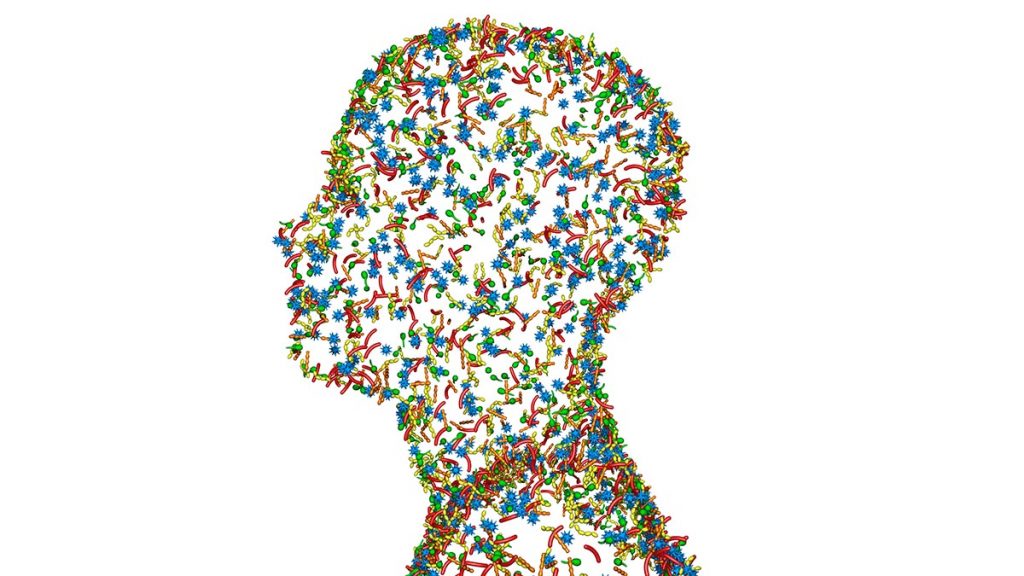What is Fibromyalgia and who does it affect?
Could you imagine waking up every day with pain that never goes away? That is the reality many fibromyalgia sufferers experience in their everyday lives. Fibromyalgia is from the Latin word fiber (fiber) and the Greek words myo (muscle) and algos (pain). These root words offer a glimpse into what fibromyalgia is and how it causes suffering. It is a pain of the fibrous tissues and muscle in the human body. While anyone of any background regardless of race or ethnicity can get fibromyalgia, it typically affects women more than men (NIH, 2024). You are more likely to develop fibromyalgia as you age, and if a family member has fibromyalgia. There are cases of children and young adults having fibromyalgia, but it usually occurs in middle-aged women (Erdrich et al., 2023).
Around 2 to 4% of adults live with the challenges of fibromyalgia (Stewart, 2022). They wake up, feeling exhausted, struggling to get through daily tasks, and facing unpredictable flare-ups. This chronic condition, along with many other symptoms mentioned can affect your mental health, sleep and cognitive issues like brain fog, chronic headaches, and memory impairment. In addition, It can also make you more at risk for depression and anxiety by more than 50% (Freirich et al., 2021). Figure 1(A) displays many of the possible or common symptoms that sufferers of fibromyalgia have. The National Institute of Health has a great page about fibromyalgia, including its symptoms, causes and an overview.
Continue reading “Fibromyalgia: a Mystery Disease?”


